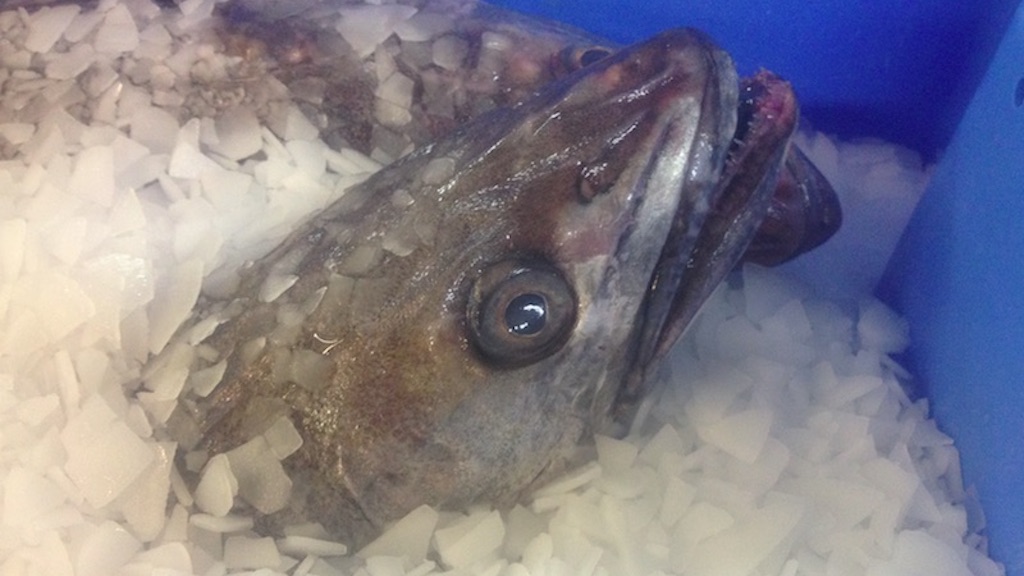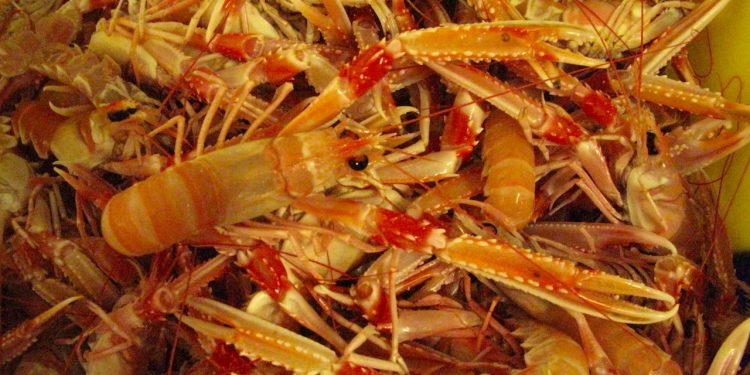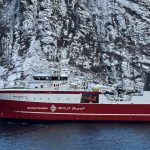The Commission has stuck with ICES advice and these proposals – ahead of the usual December Council when the actual TACs and shares will be thrashed out – apply to stocks managed exclusively in EU waters.
There’s good news and less good news to be found in the Commission’s proposals. Increases to TACs for anglerfish, megrim and horse mackerel in Atlantic Iberian waters, langoustine in the southern Bay of Biscay and Cantabrian Sea, and common sole in the Bay of Biscay are proposed.

A rollover is proposed for the 17,445-tonne TAC for hake in Atlantic Iberian waters. As hake is a limiting species in mixed fisheries, frequently caught with other species, the Commission states that it aims to strike the right balance between protecting hake in the long term and allowing catches.
The proposal is to maintain the 2024 TAC for plaice in the Kattegat, although this falls below the lower limit of the MSY range provided by ICES. Plaice and cod are frequent by-catch spesies in the langoustine fishery, and with the zero-catch advice for cod, the Commission wants to keep catch limits for langoustine and for plaice low to avoid increasing by-catch pressure on cod.
For sole in the Skagerrak-Kattegat and the Western Baltic Sea, considering the low biomass of the stock, the Commission proposes suspending the targeted fishery and setting a by-catch TAC for fisheries targeting langoustine at the level of recent catches. ICES forecasts that this by-catch TAC will keep the stock’s biomass stable, although it will not allow reaching MSY.
ICES advises zero catches in 2025 and 2026 for roundnose grenadier in the Skagerrak-Kattegat,and the Commission proposes setting a low multiannual by-catch TAC for 2025 and 2026 for roundnose grenadier for fisheries targeting northern prawn at the level of recent landings.
With these proposals presented ahead of the December Council on ministers, there are still a dozen stocks – anchovy in the Bay of Biscay and in Atlantic Iberian waters, cod in the Kattegat, langoustine in the Skagerrak-Kattegat, in the Bay of Biscay and in Atlantic Iberian waters, pollack in the Bay of Biscay, in the Cantabrian Sea and in Atlantic Iberian waters, red seabream in Atlantic Iberian waters, and undulate ray in the Bay of Biscay and in Atlantic Iberian waters – that are still awaiting scientific advice.
The Council will discuss the Commission’s proposal on 9 -10th December and establish fishing opportunities for 2025, and in some cases for 2026.









